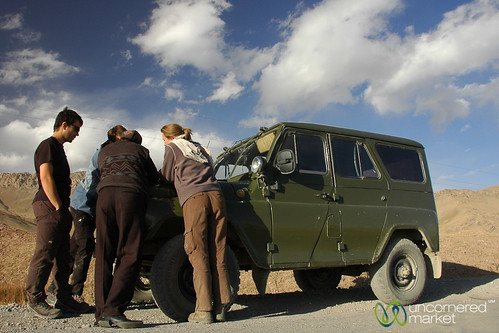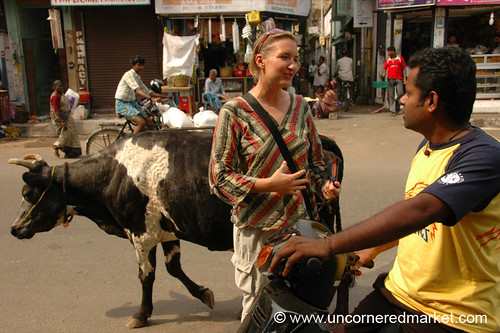I have.just realized that I have not posted my trip to Korea in October 2012.
Here is a quick recap.
During my trip, I spent time with my parents. My father is almost 90 and has started showing early symptoms of Alzeimer's disease. It was the primary purpose of the trip. It was good to spend time with them doing nothing else for a few days. It happened to be Korea's Full Moon Festival (Chuseok) celebrating the eighth full moon of the Lunar Year. Family members gathered together over dinner. Minja and her husband, Minsook and her husband. They also brought one of their children. We had a breakfast together with Mintae. But I have not seen his family for a while.
I also saw some friends. Pyung Koo, Eui Ryong, (College) Chan Joong, Yoonduck, Namhyun, Jinbae, Gwangseop, Junghoon, Yongku, other Agape Club seniors, (Agape Club), Joonhan, Changho (High school). I also saw Changho Lee. (COPION) and three 10-year younger college alumni: Myungjae Moon, Dowoon Lee and Heon Lee. Heon Lee had been Korea's Acting Ambassador in Rwanda, setting up the Embassy. I also saw Jun Kim, his wife and their son, Dongmin (Phillip). Jun's wife has accepted Jesus as her Savior and it was great joy to talk to her about our faith. It is always joyous to see long-time friends.
I also got together with ministry partners. DongWha Kim (GMF CEO) and Matthew Jung (Former InterServe CEO). We were involved together in Integral Mission Alliance (IMA). It is a great encouragement to see God using them for His purposes in various capacities. I also met Rev. Dongho Kim, CEO for Merry Year Foundation and Chairman of God's Will Church Network. It was our first time meeting after several exchanges of correspondences. UOB has an MOU with MYI, MYF's international development arm. Rev. Bumseok Kim, Secretary General was also in attendance.
 I had a chance to visit Handong Global University in Pohang. It is a Christian university that is boldly displaying Handong God's University on its main building facade. I have a lecture to 120 or so students about Christian microfinance. I also had an opportunity to meet the President Dr. Young Gil Kim, the founder of the university, and several other professors. It is a small campus but I felt cozy and warm on campus. I had pleasant surprises in bumping into Dr. Young Girl Kim, also a member of IMA, who was there for a class. Because of this encounter, I had to pledge to teach at Institute for Biblical Community Development (IBCD) next year. I am going to teach two classes: Good Steward's Financial Management and Holistic Christian Microfinance. Also I bumped into Mr. Yong Lee and his wife Kay Lee. Our relationships go back to 1980's in California and 1990's in Colorado.
I had a chance to visit Handong Global University in Pohang. It is a Christian university that is boldly displaying Handong God's University on its main building facade. I have a lecture to 120 or so students about Christian microfinance. I also had an opportunity to meet the President Dr. Young Gil Kim, the founder of the university, and several other professors. It is a small campus but I felt cozy and warm on campus. I had pleasant surprises in bumping into Dr. Young Girl Kim, also a member of IMA, who was there for a class. Because of this encounter, I had to pledge to teach at Institute for Biblical Community Development (IBCD) next year. I am going to teach two classes: Good Steward's Financial Management and Holistic Christian Microfinance. Also I bumped into Mr. Yong Lee and his wife Kay Lee. Our relationships go back to 1980's in California and 1990's in Colorado.
I also had reunion with Shalom Bible Study alumni. There were eight who came to see me for lunch. Anna Yoon, Min-Jung Kim (who traveled all the way from Busan.), Jihun Nah, Sangmin Han, Yurim Shim, Saangkeub Lee, Isaac Baik and Hyosu Yu. It was great joy of all. I prayed that they will continue living a life worthy of His calling.



Unfortunately I lost my digital camera and I do not have many photos, except a few that I have recently received. Here they are. - Jeffrey

Here is a quick recap.
During my trip, I spent time with my parents. My father is almost 90 and has started showing early symptoms of Alzeimer's disease. It was the primary purpose of the trip. It was good to spend time with them doing nothing else for a few days. It happened to be Korea's Full Moon Festival (Chuseok) celebrating the eighth full moon of the Lunar Year. Family members gathered together over dinner. Minja and her husband, Minsook and her husband. They also brought one of their children. We had a breakfast together with Mintae. But I have not seen his family for a while.
I also saw some friends. Pyung Koo, Eui Ryong, (College) Chan Joong, Yoonduck, Namhyun, Jinbae, Gwangseop, Junghoon, Yongku, other Agape Club seniors, (Agape Club), Joonhan, Changho (High school). I also saw Changho Lee. (COPION) and three 10-year younger college alumni: Myungjae Moon, Dowoon Lee and Heon Lee. Heon Lee had been Korea's Acting Ambassador in Rwanda, setting up the Embassy. I also saw Jun Kim, his wife and their son, Dongmin (Phillip). Jun's wife has accepted Jesus as her Savior and it was great joy to talk to her about our faith. It is always joyous to see long-time friends.
I also got together with ministry partners. DongWha Kim (GMF CEO) and Matthew Jung (Former InterServe CEO). We were involved together in Integral Mission Alliance (IMA). It is a great encouragement to see God using them for His purposes in various capacities. I also met Rev. Dongho Kim, CEO for Merry Year Foundation and Chairman of God's Will Church Network. It was our first time meeting after several exchanges of correspondences. UOB has an MOU with MYI, MYF's international development arm. Rev. Bumseok Kim, Secretary General was also in attendance.
 I had a chance to visit Handong Global University in Pohang. It is a Christian university that is boldly displaying Handong God's University on its main building facade. I have a lecture to 120 or so students about Christian microfinance. I also had an opportunity to meet the President Dr. Young Gil Kim, the founder of the university, and several other professors. It is a small campus but I felt cozy and warm on campus. I had pleasant surprises in bumping into Dr. Young Girl Kim, also a member of IMA, who was there for a class. Because of this encounter, I had to pledge to teach at Institute for Biblical Community Development (IBCD) next year. I am going to teach two classes: Good Steward's Financial Management and Holistic Christian Microfinance. Also I bumped into Mr. Yong Lee and his wife Kay Lee. Our relationships go back to 1980's in California and 1990's in Colorado.
I had a chance to visit Handong Global University in Pohang. It is a Christian university that is boldly displaying Handong God's University on its main building facade. I have a lecture to 120 or so students about Christian microfinance. I also had an opportunity to meet the President Dr. Young Gil Kim, the founder of the university, and several other professors. It is a small campus but I felt cozy and warm on campus. I had pleasant surprises in bumping into Dr. Young Girl Kim, also a member of IMA, who was there for a class. Because of this encounter, I had to pledge to teach at Institute for Biblical Community Development (IBCD) next year. I am going to teach two classes: Good Steward's Financial Management and Holistic Christian Microfinance. Also I bumped into Mr. Yong Lee and his wife Kay Lee. Our relationships go back to 1980's in California and 1990's in Colorado.I also had reunion with Shalom Bible Study alumni. There were eight who came to see me for lunch. Anna Yoon, Min-Jung Kim (who traveled all the way from Busan.), Jihun Nah, Sangmin Han, Yurim Shim, Saangkeub Lee, Isaac Baik and Hyosu Yu. It was great joy of all. I prayed that they will continue living a life worthy of His calling.



Unfortunately I lost my digital camera and I do not have many photos, except a few that I have recently received. Here they are. - Jeffrey

















































